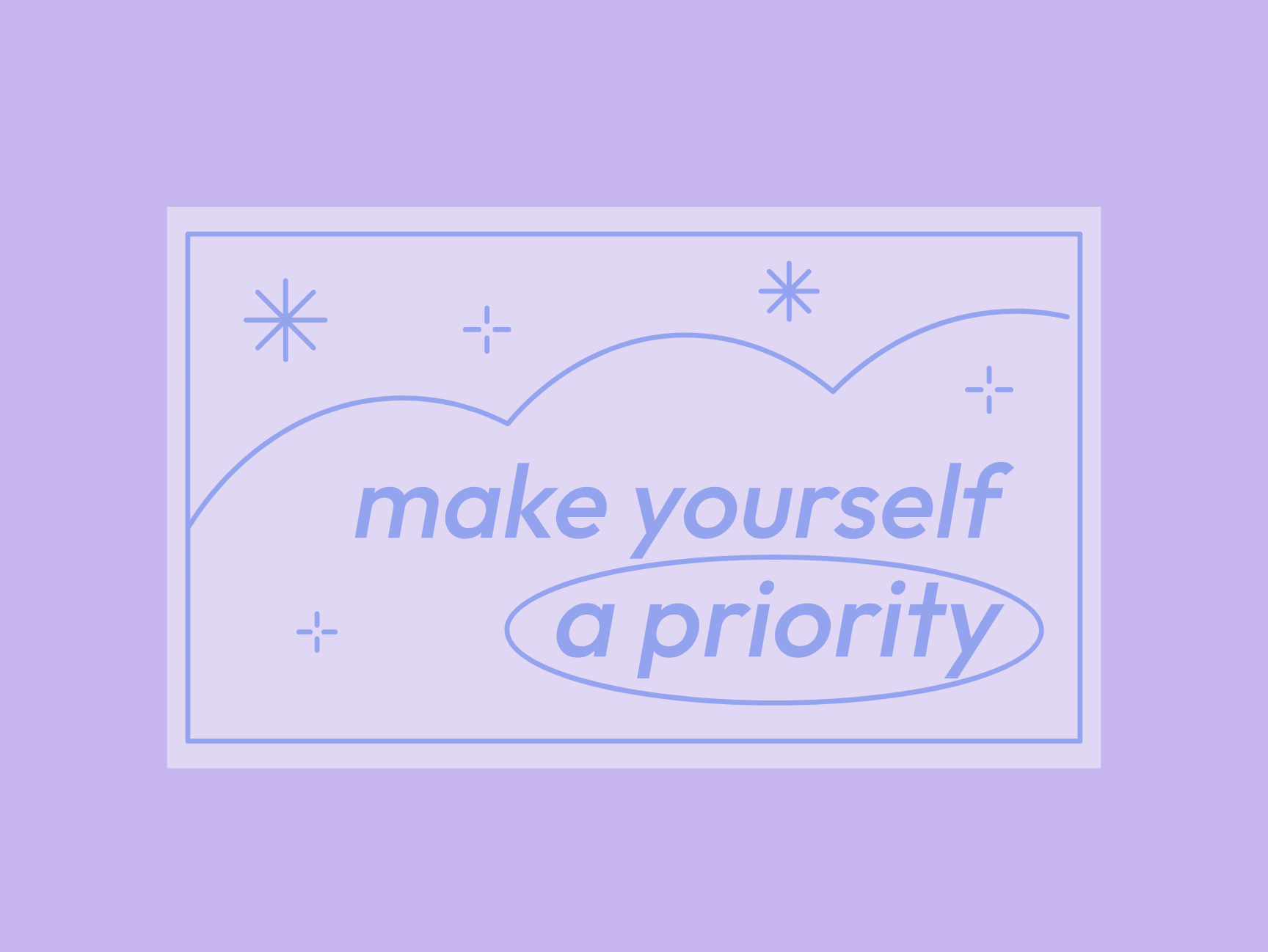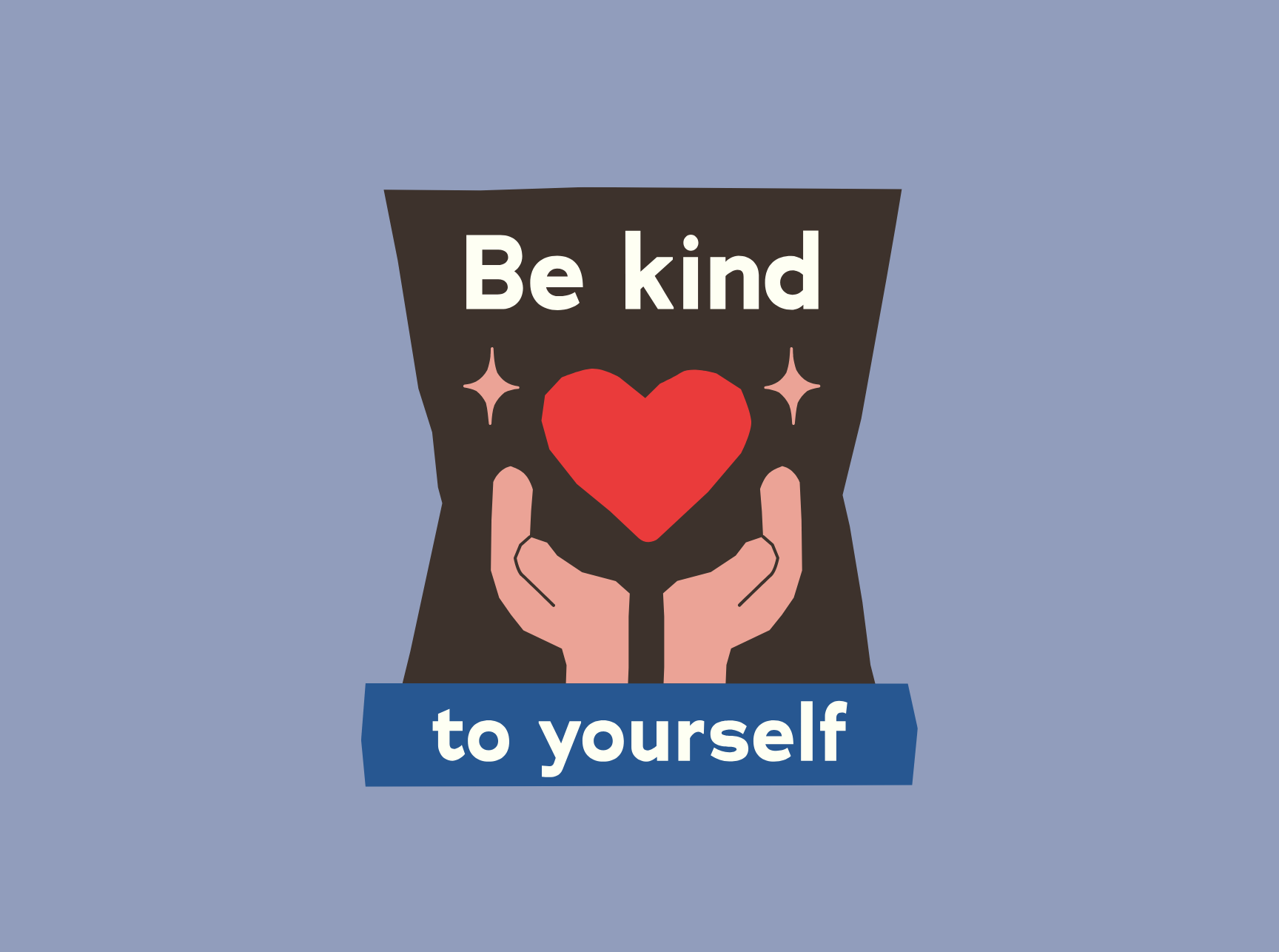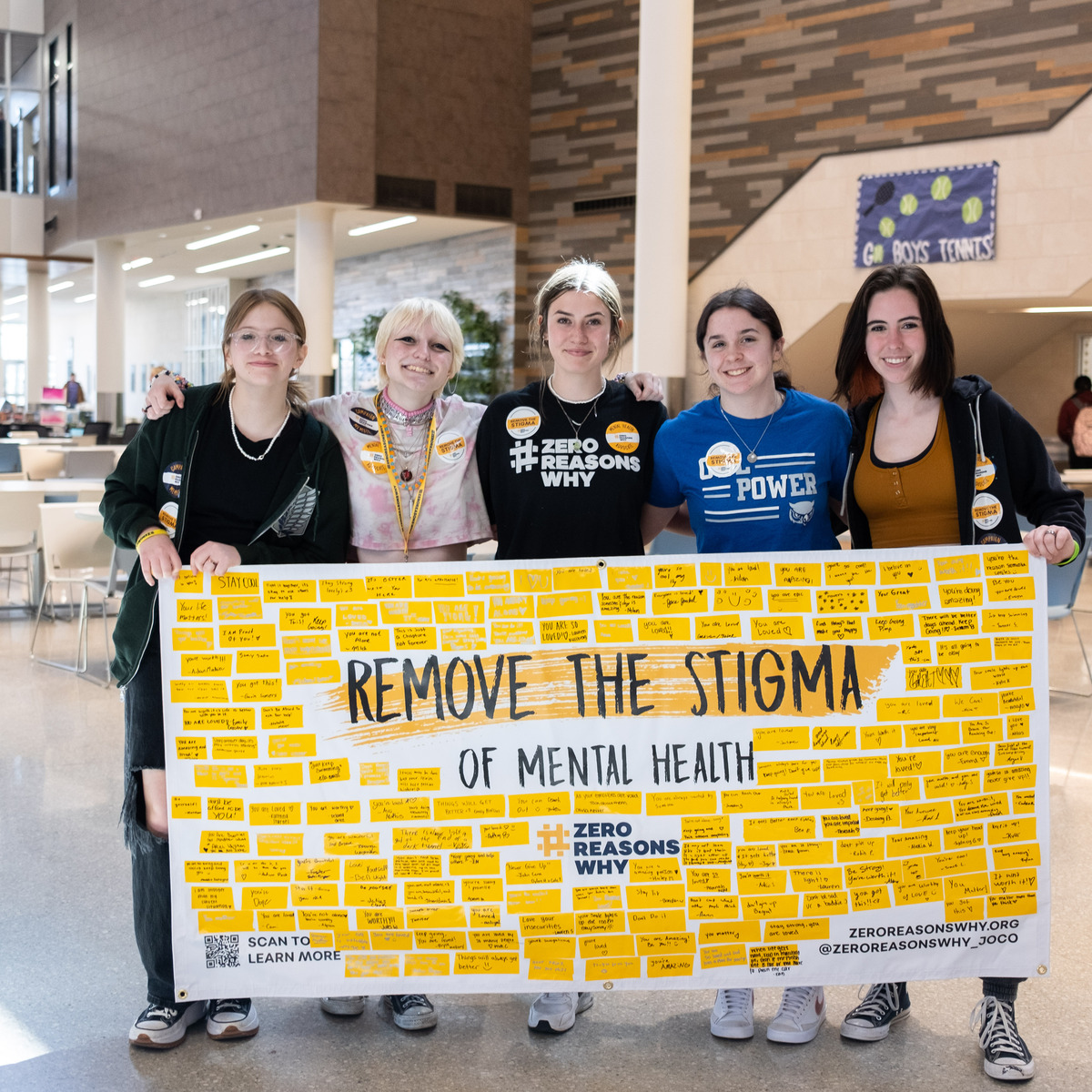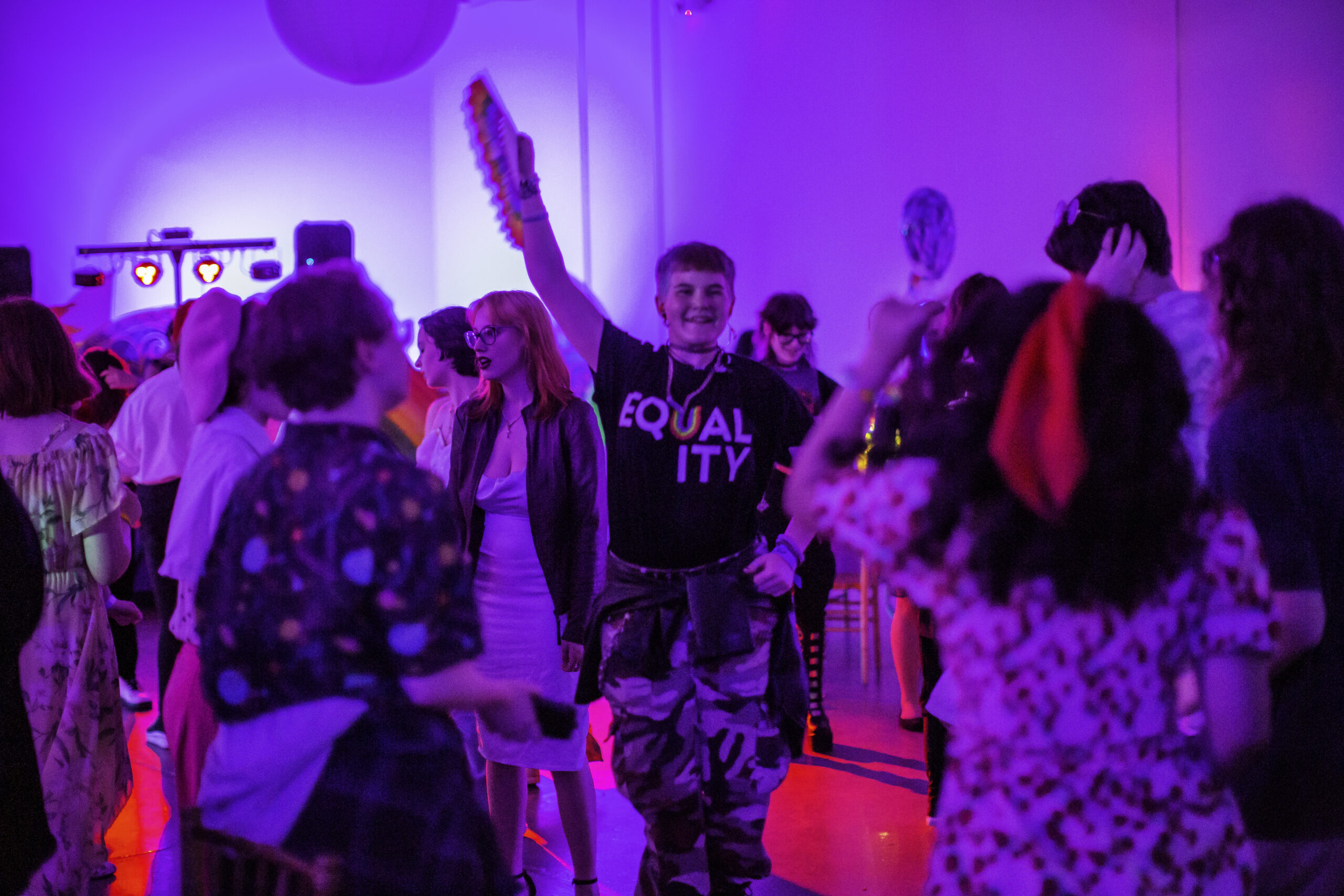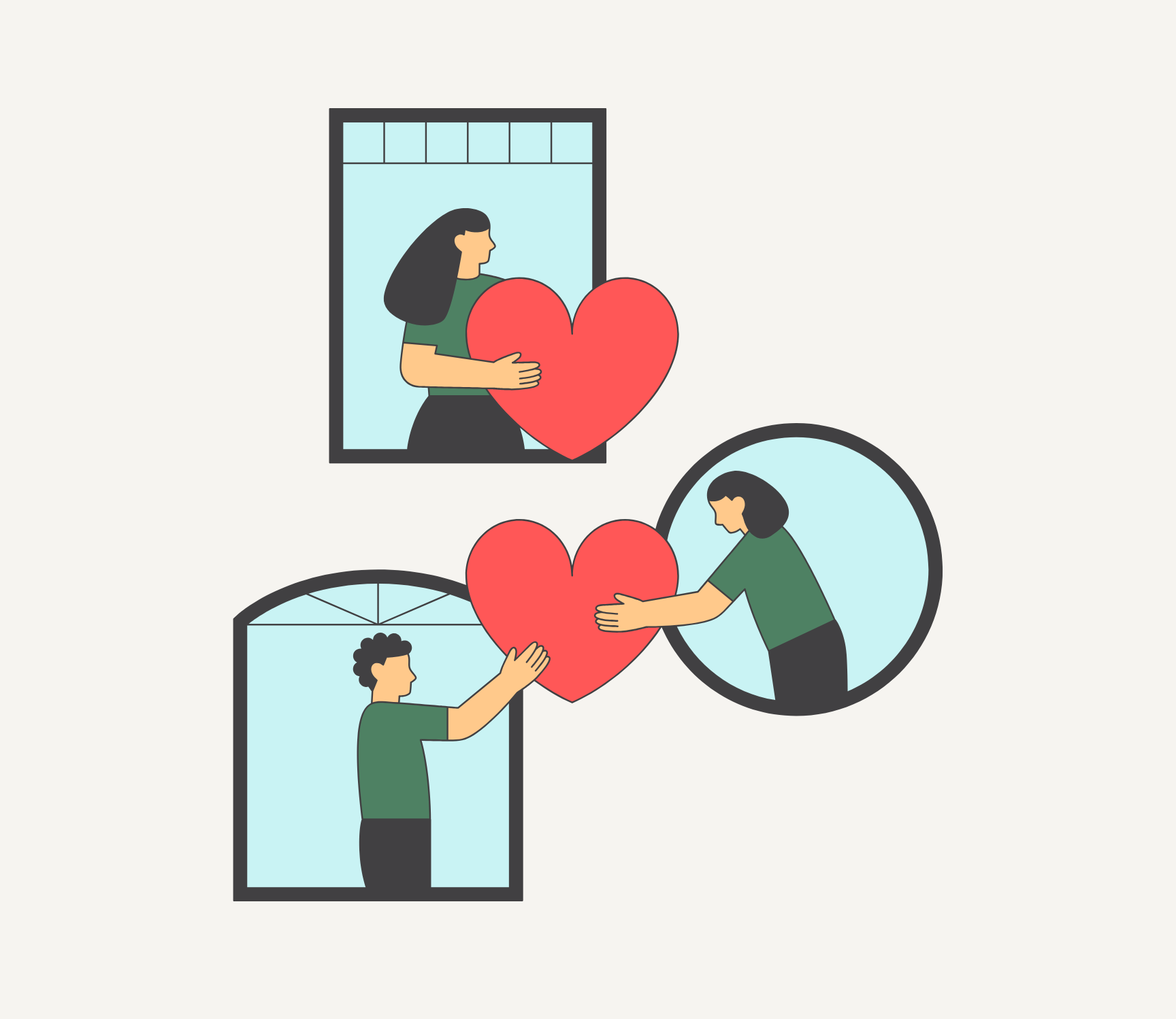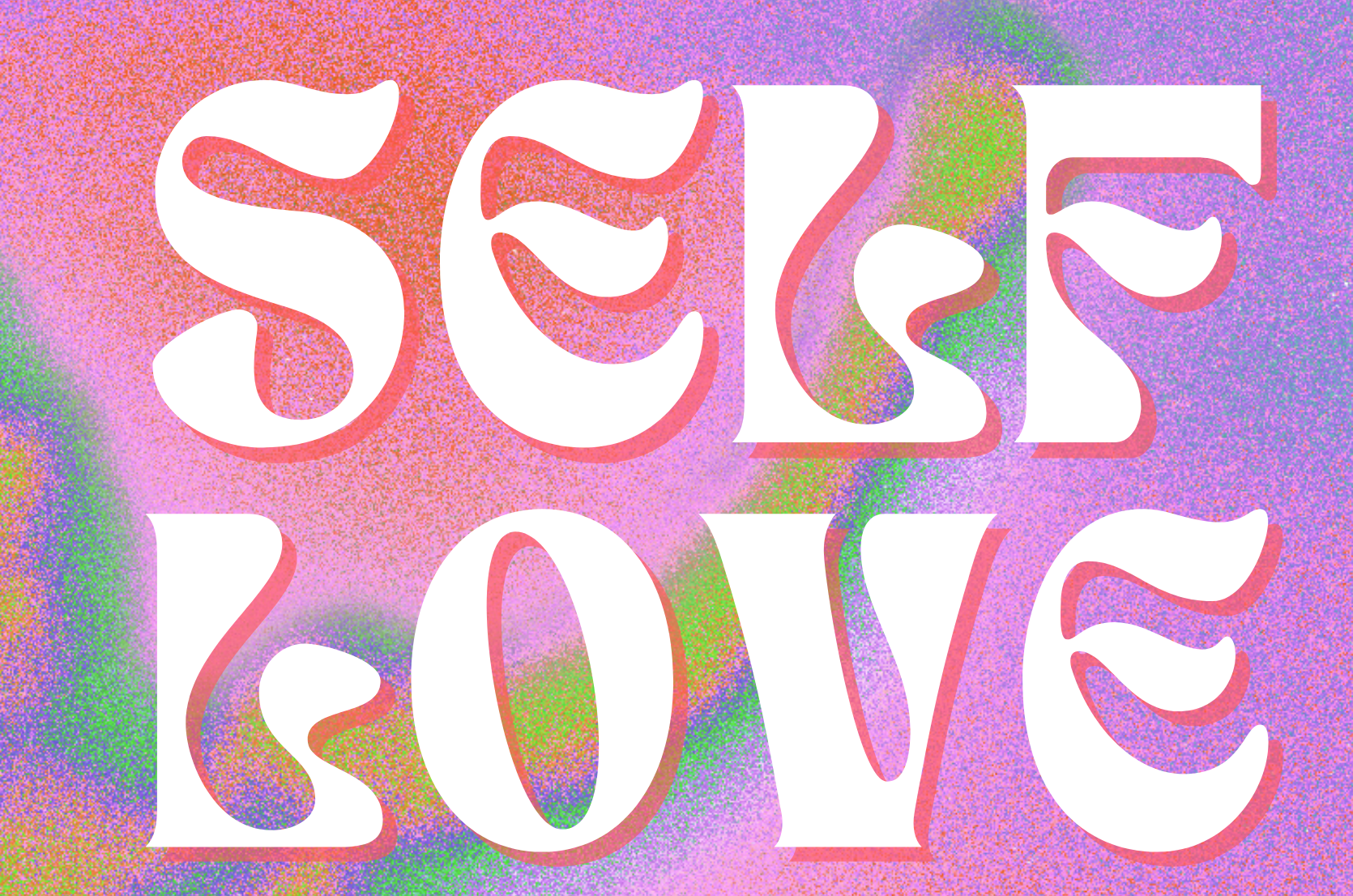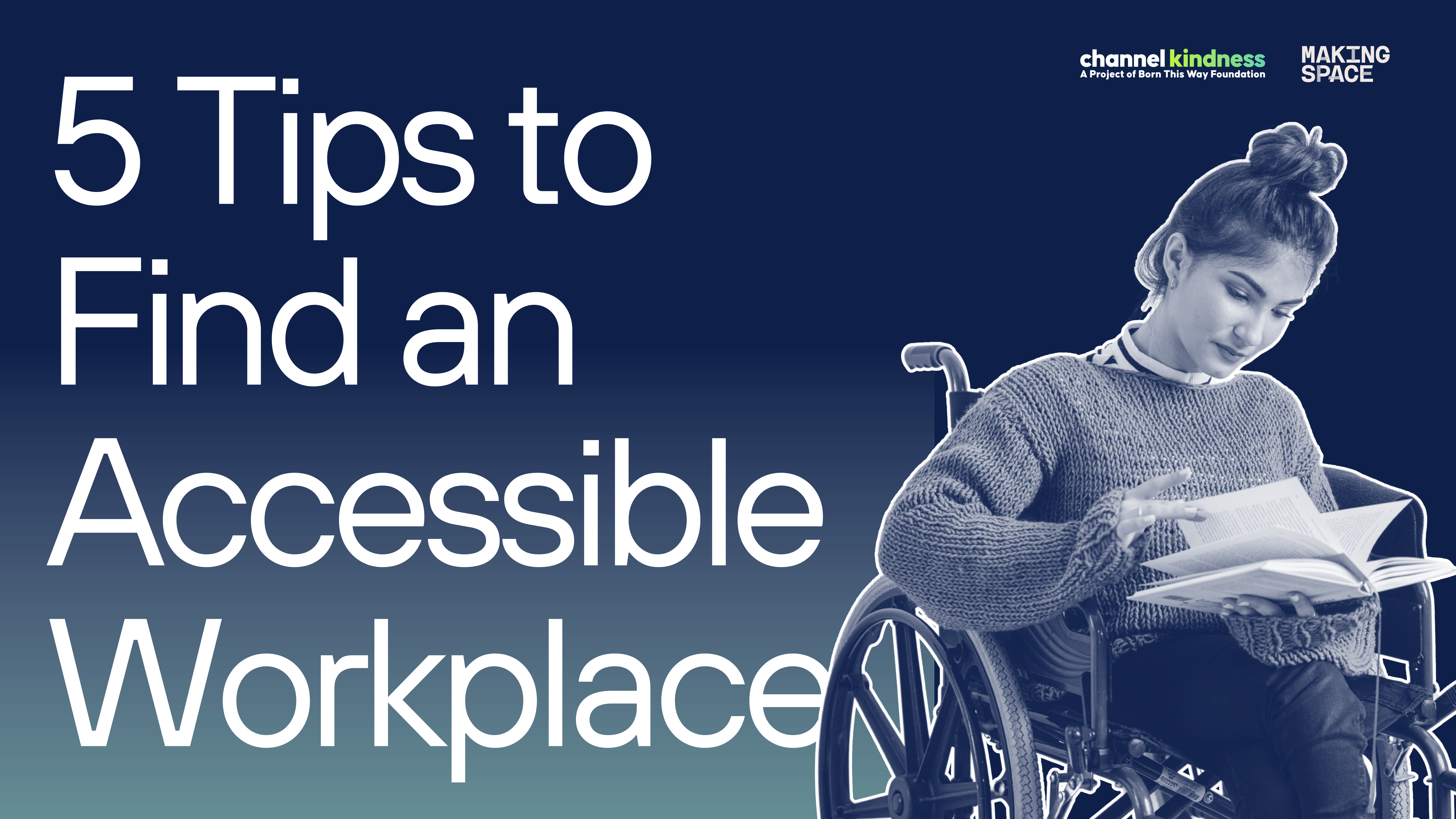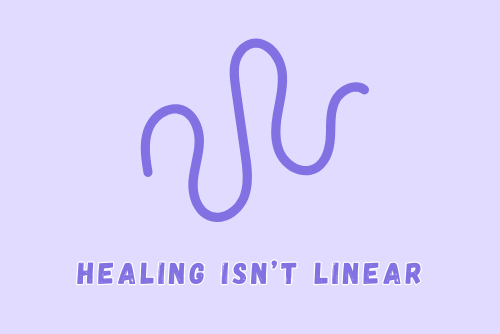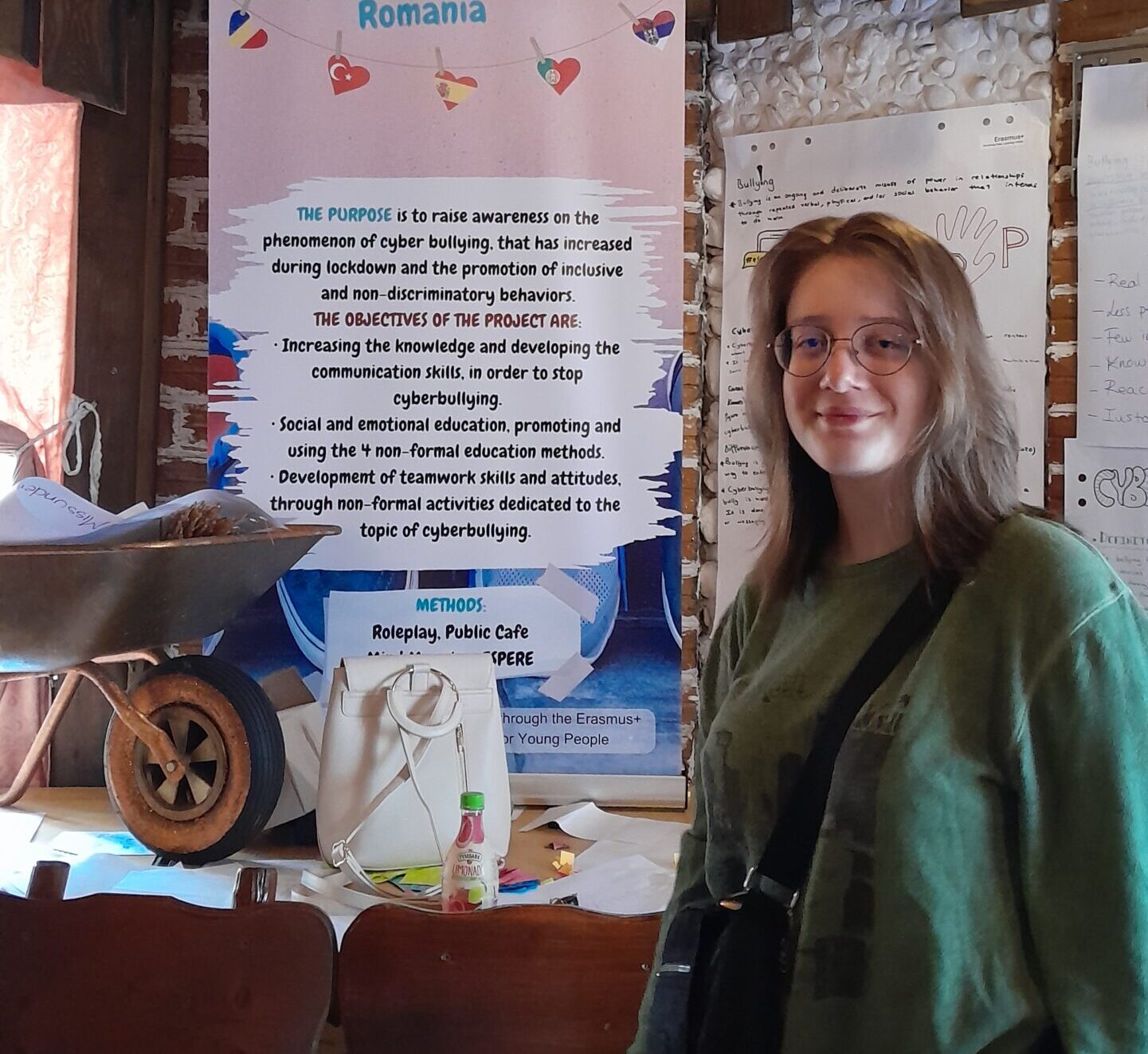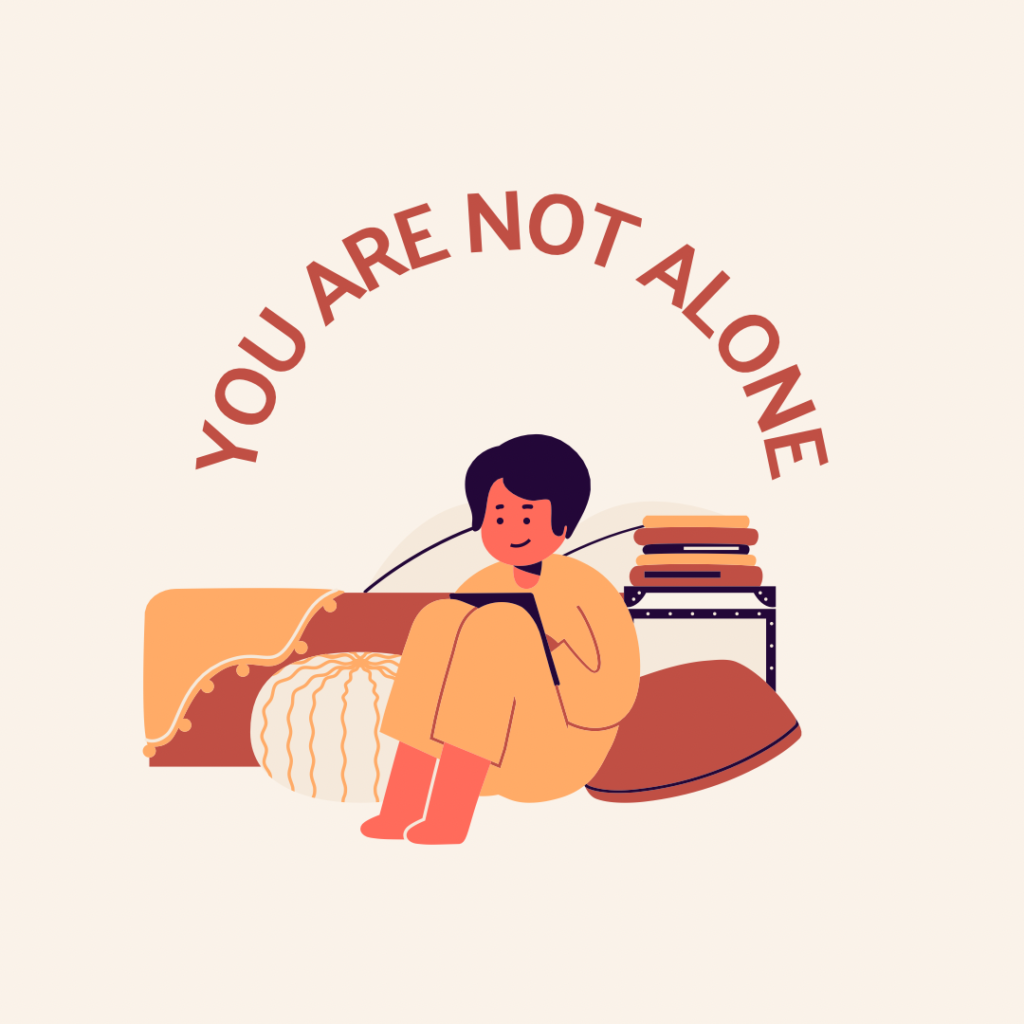
Growing up, a lot of people around me always had stigmas about people with mental illness. The media, too, has oftentimes portrayed people with mental health struggles in inaccurate ways. I was not aware of what stigma could do to people, but as I was getting older, I slowly understood what its effects are, and I would like to educate people about it.
More than 50% of people dealing with mental health issues don’t seek help. Most of the time, people avoid seeking help or treatment due to concerns about losing jobs, being treated differently, and pushing people away. One of the roots of this problem is no other than stigma.
So, what is stigma?
Stigma is discrimination against an individual or a group based on their distinguishable characteristics. It usually comes from fear or lack of understanding. Misleading information or representations of mental illness may lead to stigma as well.
According to the Department of Mental Health and Substance Abuse Services, stigma is identified into three types:
- Public stigma: The negative attitudes others show to mental illness.
- Self-stigma: The negative attitudes one has about their own conditions.
- Systematic stigma: The negative attitudes done by the government and private organizations to intentionally or unintentionally limit services and opportunities for people with mental illness.
Why is stigma so bad?
Not only stigma directly affects individuals with mental illness, it also affects their closest people such as families and friends. In addition, stigma may contribute to worsening conditions.
According to research by Philip T. Yanos and Paul H. Lysaker, “The impact of illness identity on recovery from severe mental illness: A review of the evidence,” stigma leads to negative effects on recovery from mental illness.
- Negative effects include:
- Feelings of shame
- Feelings of hopelessness
- Self-isolation
- Reduced probability of staying with treatment
- Difficulties with maintaining relationships
- More difficulties at workplace
- Lower self-esteem
How can we help?
After understanding what stigma is, where it comes from, the types, and the effects, let us now see how we can do our parts to break the stigma of mental illness.
- Understand mental health and the effects of stigma: There are many sources which discuss mental health, and you can use those sources to understand more.
- Educate people: Use your social media to spread and share awareness.
- Show compassion: Check in on people dealing with mental illness and give them the support they need. If you yourself are facing stigma and discrimination, there are some ways you can do to deal with them.
- Be more open to yourself: Acknowledge and validate your emotions, your conditions, and just you.
- Your illness does not define who you are: Remember that you are not your illness. You can start by using a different language. Instead of saying “I’m depressed,” say “I have depression.”
- Their comments are not personal: Also remember that people’s negative comments about you are not personal. Those comments often come from lack of understanding, which are made based on their perspectives before knowing who you really are.
- Do not hide away: Reach out to the people you trust. This way, you can get the support you need.
- Connect with others: Join a support group in your area. It can give you some support and make you realize that you are not alone.
In support of the lesson we learned just now, the Be There Certificate taught me how to be there for people who are dealing with mental health issues, as well as how to be there for myself. I was not as confident as I am now in supporting and checking in on people.
Always remember what Lady Gaga said, “Together we hope to establish a standard of beauty and kindness, as well as a community worldwide that protects and nurtures others in the face of bullying and abandonment.” We are in this together, and we need to help our friends. This is a huge issue, but it can be prevented, and it starts from us, with understanding and doing small acts of kindness.








